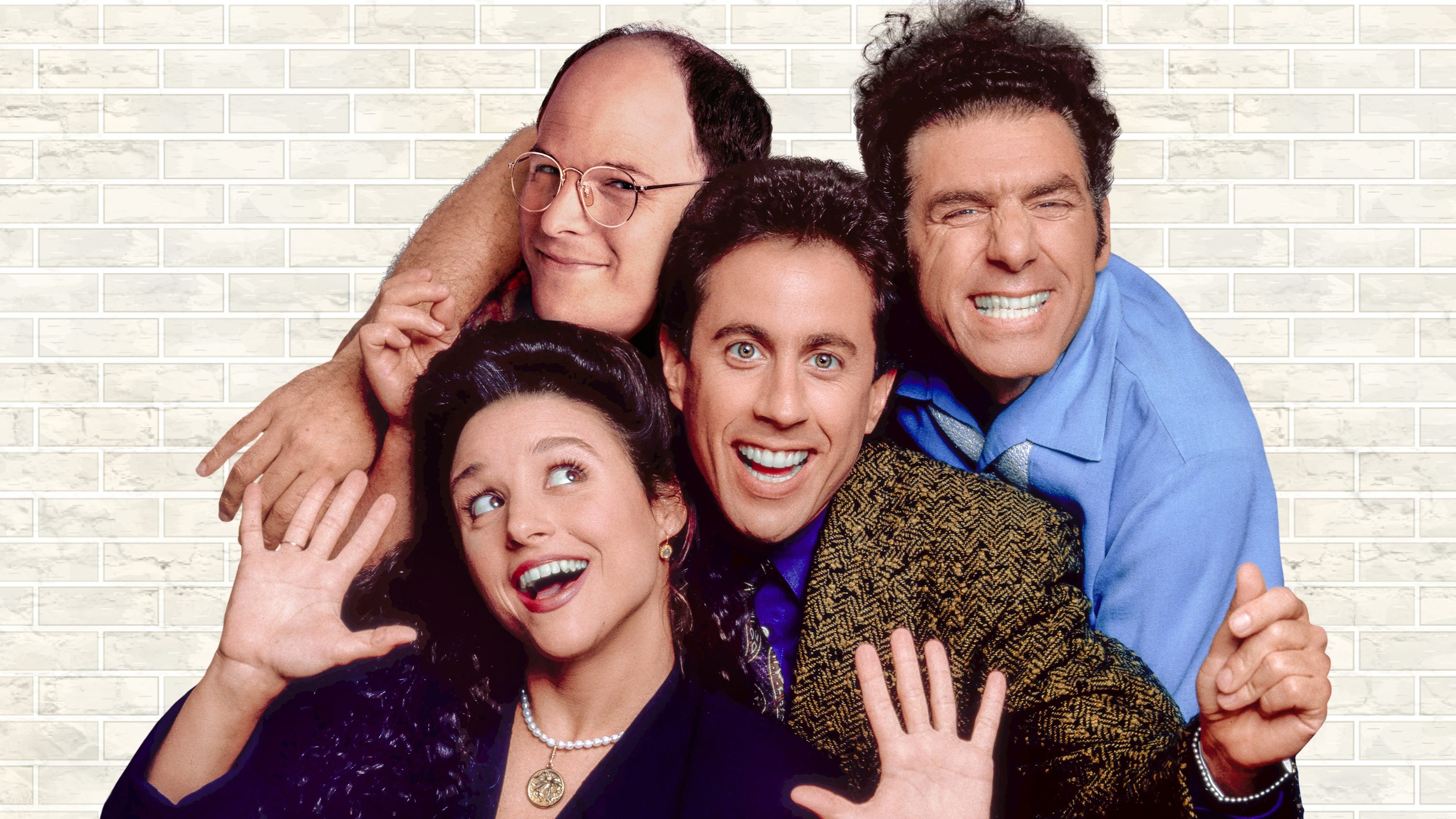The Seinfeld aspect ratio is wrong on Netflix, and some fans aren't happy
But does it actually matter?

This past Friday, Netflix started streaming Seinfeld around the world. The show is largely seen as its big replacement for The Office and Friends in North America – two series that were enormously popular on the streamer before they were snapped up by other services.
The problem is, the show is streaming in 16:9 rather than its original 4:3 aspect ratio, which has drawn some ire on the internet for slicing out a key joke from one episode:
to emphasize, the titular pothole from the season 8 episode The Pothole is cropped out on Netflix https://t.co/gH4l5V8HfS pic.twitter.com/6G35eZQymWOctober 1, 2021
4:3 is how Seinfeld was made available on DVD in the mid 2000s, too, so it was faithful to how the show aired.
It's not necessarily fair to pin this on Netflix – Hulu apparently had the same problem when Seinfeld streamed on that service, and HD transfers of the show have been airing on US TV since at least 2009. They're higher resolution than the 4:3 versions and look a ton crisper, but there is clearly a price to be paid.
The problem echoes the issue Disney Plus faced when it cropped earlier seasons of The Simpsons in widescreen, which cut out parts of the animation to make it fit on modern screens. It eventually fixed the issue by offering the original aspect ratio as a toggle in its menus, which was a great gesture.
This isn't exactly the same situation, however, as the Seinfeld widescreen crop was made from the original film so it looks a lot better – and it seems to slice off more of the bottom of the picture while expanding the sides a little, as this tweet illustrates:
Seinfeld's a weird one where the image is both slightly expanded and slightly cropped, thanks to open matte shooting. It's nowhere near as bad as the Simpsons crop - I almost never noticed issues when it was on Hulu. But come on, just have the original aspect ratio as an option! https://t.co/vjTHTH8nJ4 pic.twitter.com/YNxbZDg1weOctober 1, 2021
Netflix doesn't own Seinfeld like Disney owns The Simpsons, so it's less clear how easy it is to offer an alternative inside the app.
Get daily insight, inspiration and deals in your inbox
Sign up for breaking news, reviews, opinion, top tech deals, and more.
Nonetheless, we've reached out to Netflix's UK PR agency to see if it has any plans to offer the original aspect ratio, or if it has any response to users' complaints about the show streaming in widescreen.
Our advice: if you want the original Seinfeld experience and you care that much, get the DVDs. By most people's standards, they're incredibly cheap these days, and the extras are famously wonderful, with short making-of documentaries for every single episode.
For most people, Netflix's HD versions will be perfectly fine, the odd missing joke aside.
- Best Netflix shows
- What we know about Cobra Kai season 4
- Best Netflix documentaries
Analysis: Most people won't care
The experience of watching Seinfeld isn't massively spoiled by watching the show in widescreen, the odd missing gag aside. The upside is you get a genuinely lovely HD image – which is actually a little jarring for anyone who's spent years watching this show with black bars and a fuzzy picture. That's probably worth it to someone who isn't familiar with the show's origins or history.
If you've never seen Seinfeld, and you have the stomach for 1990s sitcom jokes, you should absolutely watch it – widescreen or no widescreen.
Skipping the first two seasons is advised. The show doesn't really hit its stride and find its voice until season 4, and while opinion might differ on later seasons, the quality never truly drops off in the way it often does for multi-camera comedies.
Samuel is a PR Manager at game developer Frontier. Formerly TechRadar's Senior Entertainment Editor, he's an expert in Marvel, Star Wars, Netflix shows and general streaming stuff. Before his stint at TechRadar, he spent six years at PC Gamer. Samuel is also the co-host of the popular Back Page podcast, in which he details the trials and tribulations of being a games magazine editor – and attempts to justify his impulsive eBay games buying binges.
